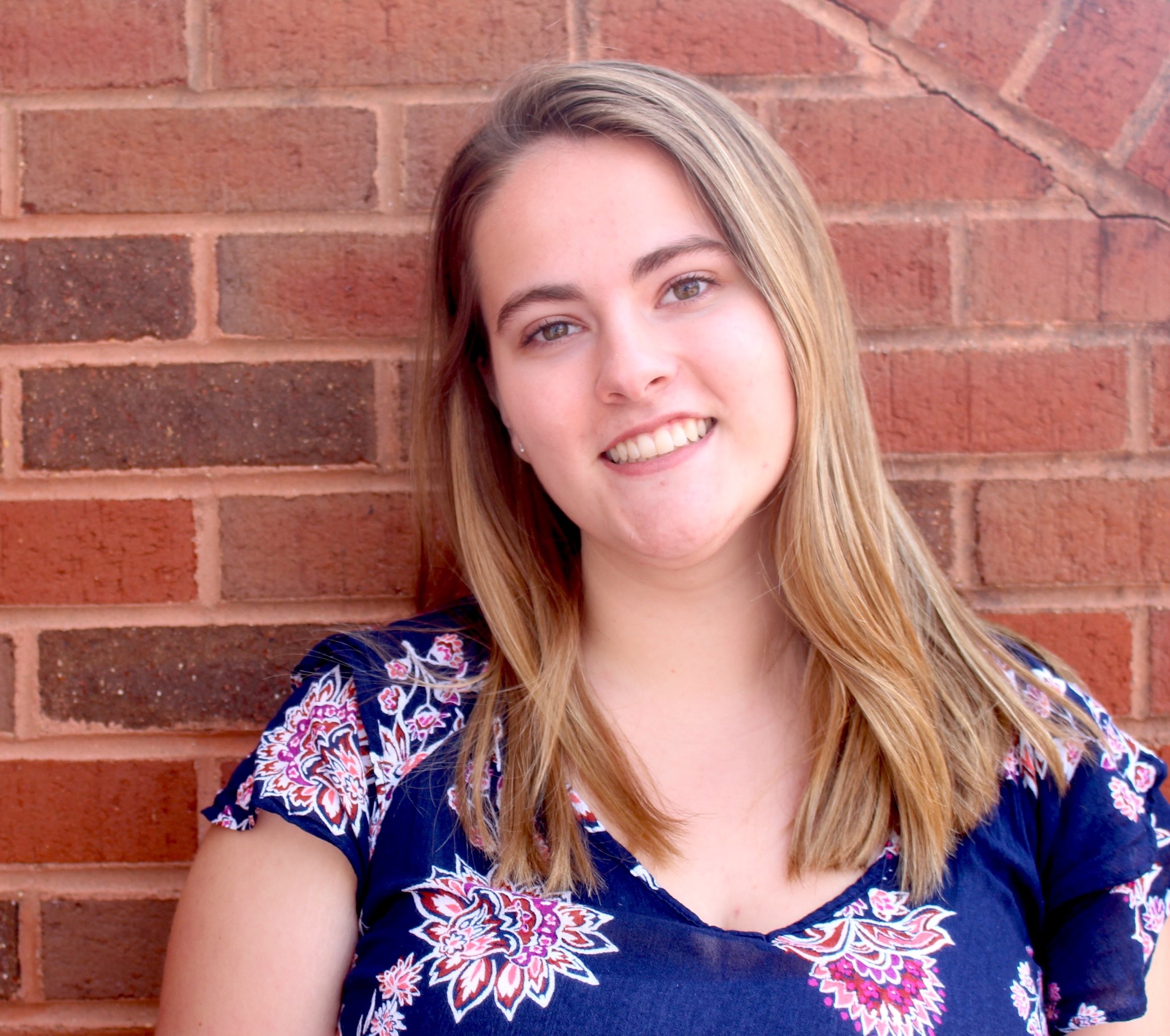Allison Parshall
With a background in cognitive science and documentary filmmaking, I tell stories that ground science in the world around us. My written and audio work weaves narratives together with empirical findings to communicate their complexity with nuance and clarity.
I am an Associate Editor at Scientific American covering Mind and Brain, and you’ll find most of my work there, too! I have also written for Quanta, Inverse, and Scienceline.
New York University
Arthur L. Carter Journalism Institute
Master’s in Science, Health, and Environmental ReportingGeorgetown University
Bachelor of Arts in Psychology
Summa Cum Laude, Phi Beta Kappa

